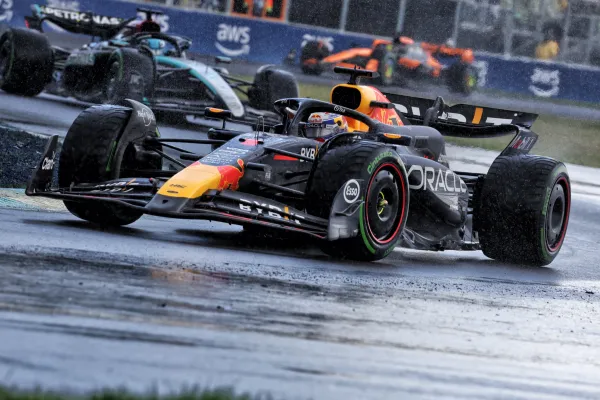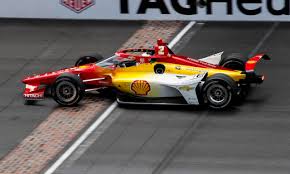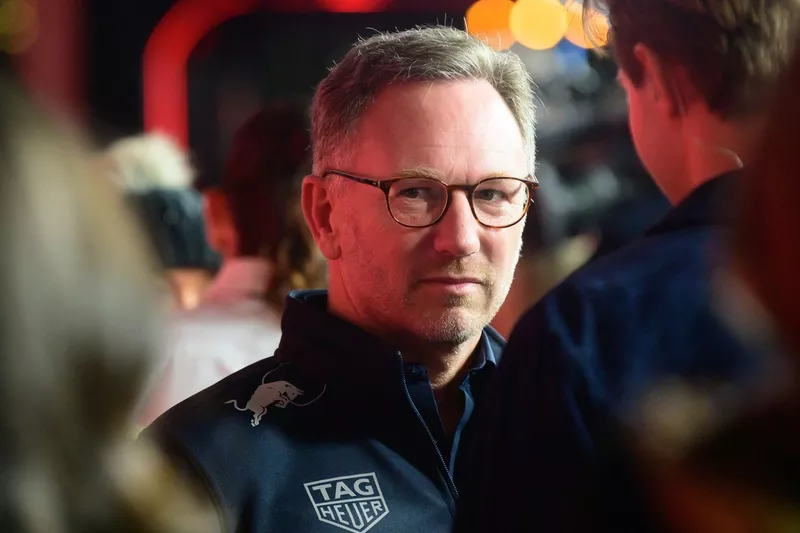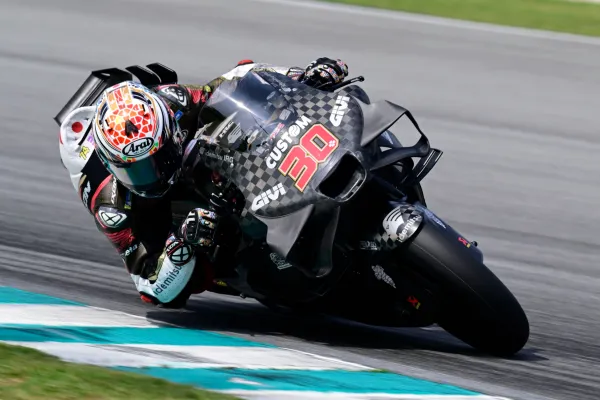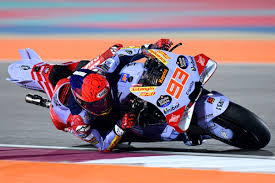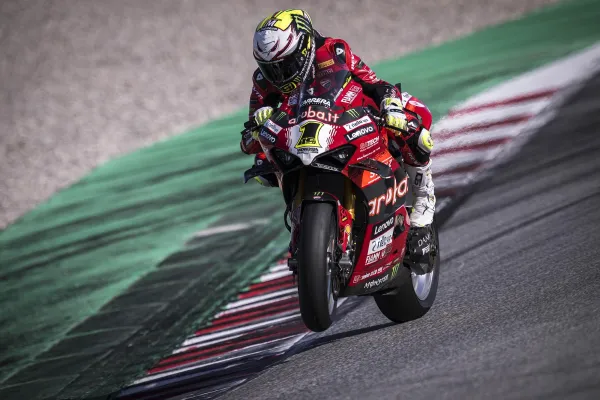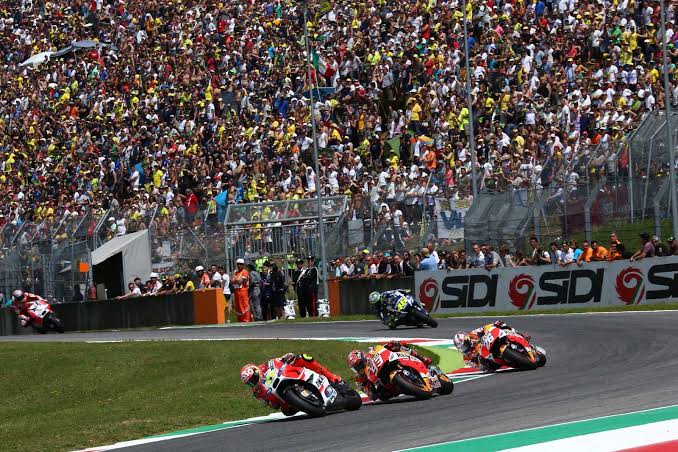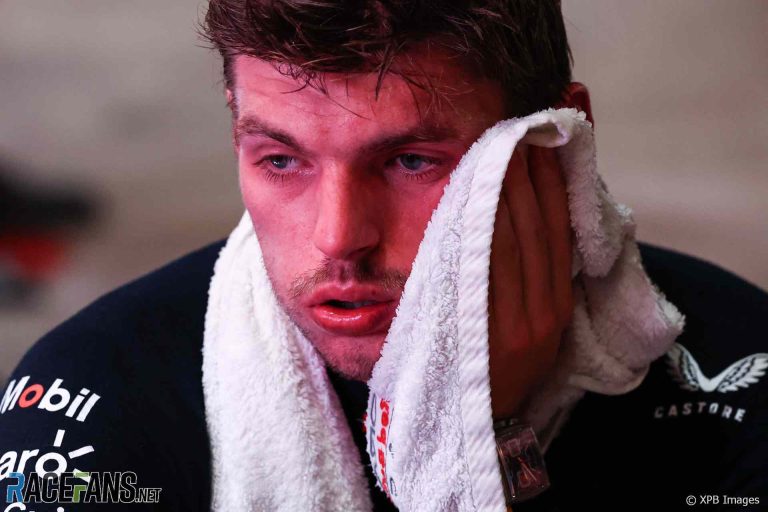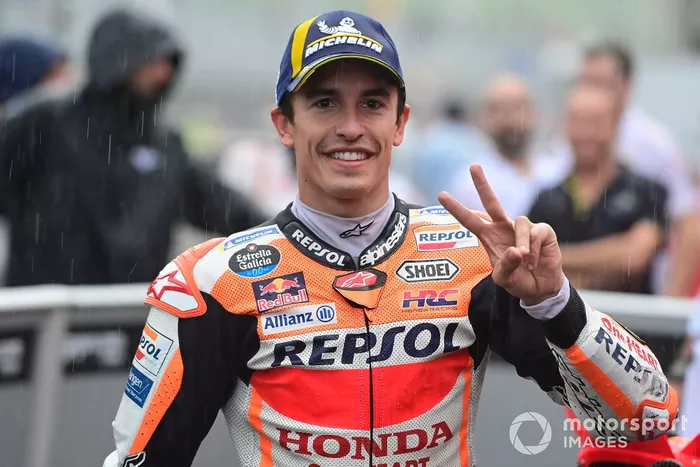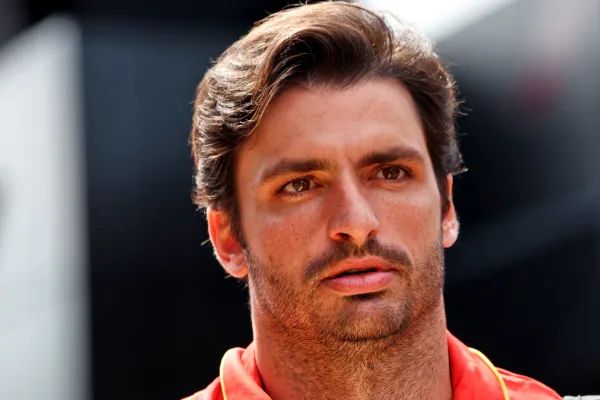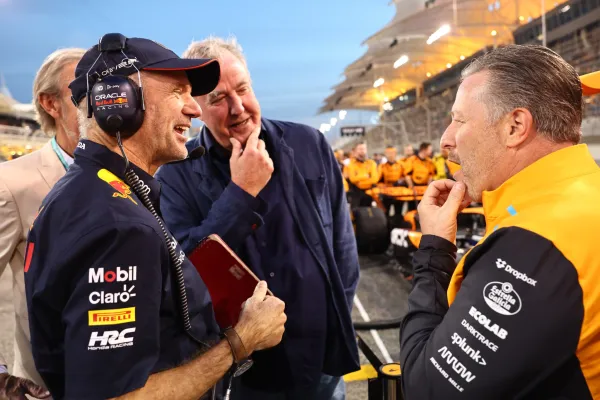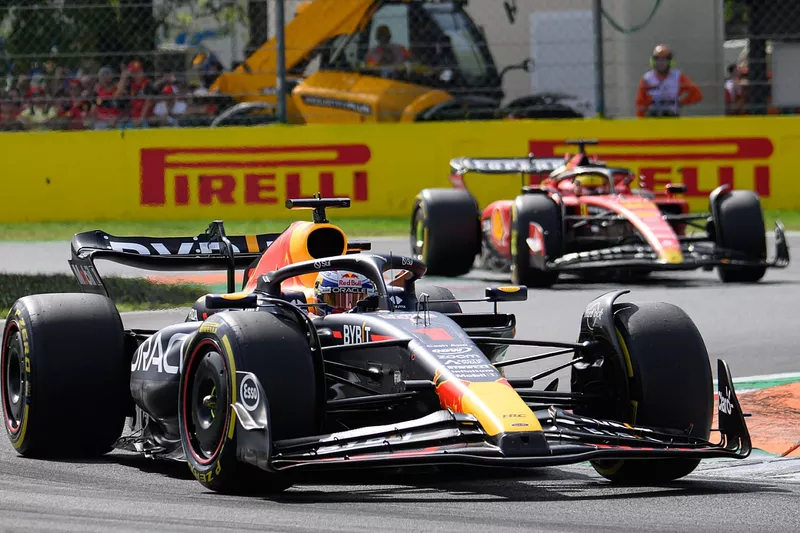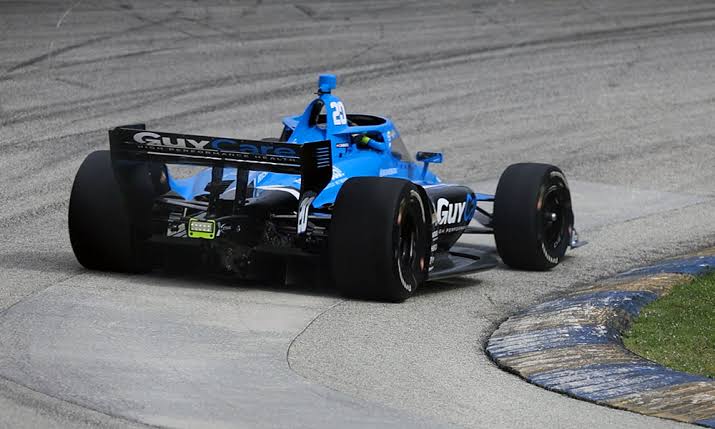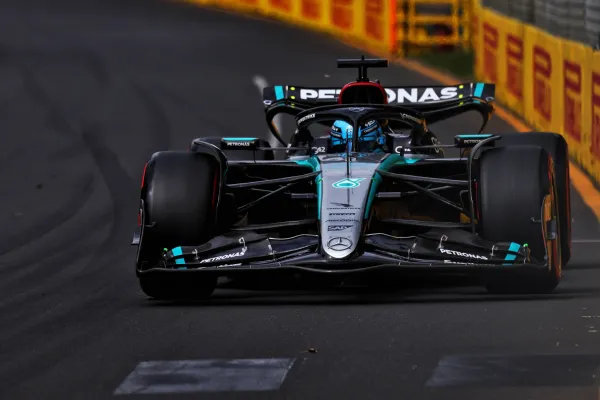From Practice To Performance: How Enhanced Safety Measures Empower F1 Drivers
Formula One (F1) racing, with its phenomenal speeds, open-wheel car designs, and competitive racing action, has always been accompanied by an element of risk. Throughout its history, the sport has been marred by serious injury and death, highlighting the ongoing paramount importance of improvements in driver safety. The sport has traveled a long distance, now placing a holistic emphasis on safety that includes relentless pressure on circuits to modernize, manufacturers to innovate, and governing bodies to create regulations for safer cars and procedures. This article explores the profound impact of enhanced safety measures on F1 drivers, following the evolution of safety equipment, the speed and sophistication of on-track medical interventions, and the resulting psychological benefits that translate to actual on-track performance.
A History Forged in Tragedy: The Evolution of F1 Safety
In F1’s early days, performance and speed were the chief concerns, and safety often took a secondary role. Deaths were, sadly, not unusual, and basic safety precautions were often absent. The dangers involved were, to some extent, accepted as part of the racing culture. However, as technology advanced and attitudes shifted, a rethink occurred, and driver safety became an absolute priority. Watershed moments and horrific deaths led to radical advances in safety equipment and legislation.
The 1994 season, in which Ayrton Senna and Roland Ratzenberger lost their lives, was a wake-up call. The deaths led to immediate action, including reducing the size of front wing endplates and reducing the diffuser length to reduce downforce and speed. F1 subsequently introduced safety enhancements, including crash testing, redesigned circuits with improved safety features, and the introduction of mandatory headrests to reduce whiplash injuries.
The Gear That Saves: A History of Safety Equipment
Helmets: The Rider’s Haven
The helmet is the most important safety component in F1 and is continually developed. The FIA’s newest helmet standard, 8860-2018, has been compulsory since the 2019 season. The standard submits every design from every manufacturer to testing. The tests evaluate impact resistance, crush protection, ballistic impact resistance, penetration resistance, mechanical strength, and fire resistance. The standard was reinforced after Felipe Massa’s life-threatening accident in 2009 to incorporate a Zylon panel at the top of the visor. The new standard covers internal helmet protection and a smaller visor opening. It adds a low-velocity impact test and lateral tests to ensure the helmet interacts with the cockpit surround during a side impact.
Race Suits: Fireproof Armor
A fireproof racing suit, underwear, gloves, boots, and helmet have been required since the 1960s. Fireproof materials in race suits these days are designed to help keep drivers safe from intense heat and flames in the event of a crash. Suits are capable of withstanding direct flames to provide drivers valuable seconds to escape a burning car.
HANS Device: Head and Neck Protection
The Head and Neck Support (HANS) device is vital in F1, reducing the danger of head and neck trauma in high-speed crashes. Introduced in 2003, the HANS device straps the driver’s helmet to his or her shoulders via tethers mounted to the helmet, reducing the movement of the head during a crash’s rapid deceleration. This reduces the force transmitted to the neck, eliminating basilar skull fractures.
The Halo: A Shield Above
The halo, a curved bar mounted above and over the driver’s head, is designed to deflect debris and lessen impacts from other cars. The halo, which first appeared in 2018, was initially eyed suspiciously. It is now a mandatory safety feature, having proved itself by deflecting objects and preventing head injuries.
Biometric Gloves: Vital Signs at the Ready
Introduced in 2018, biometric gloves monitor the status of a driver post-crash. The gloves have sensors that transmit the driver’s pulse and blood oxygen saturation to race control. The data allows the medical team to assess the driver’s status and make informed extraction and treatment decisions. The data dictates whether a driver needs to be extracted immediately or more slowly. The gloves were created by FIA Medical Car driver Alan van der Merwe and medical rescue coordinator Dr. Ian Roberts after Carlos Sainz’s crash at the 2015 Russian Grand Prix.
Car Construction: The Survival Cell
Formula 1 cars reach speeds of more than 350 km/hour, and accidents can be lethal. Drivers often walk away from appalling accidents because of car design. The monocoque chassis, or “survival cell,” is the most important factor in driver safety. The monocoque is constructed from carbon fiber and is built to absorb immense forces to protect the driver during a high-speed accident. Roll hoops and impact crush structures are built to absorb and dissipate impact energy, even if the car flips over. Heavy tethers secure each tire to the chassis so that tires do not become detached during an accident.
Rapid Response: On-Track Medical Interventions
The Medical Car: A Mobile Emergency Room
The FIA Medical Car, manned by medical staff, accompanies the F1 cars on the first lap of every race and is present at every race meeting. This offers medical assistance in the event of necessity. The team doctors are trauma physicians and paramedics and can treat injuries and emergencies.
Extrication Procedures: A Race Against Time
In case of an accident, the driver must be extricated quickly. F1 teams conduct simulation exercises to evaluate the response time, coordination, and communication of the rescue crew. The exercises consist of simulated F1 accidents. Each extrication crew must complete an exercise using an actual F1 car and is assessed based on the safety of the car, quality and timing of driver extrication, and speedy driver extraction.
For drivers at high risk of spine or lower extremity injury, extrication is completed with the driver seated. The head surround, helmet, and HANS device are removed, and cervical spine immobilization is obtained with a collar. Extrication straps are applied, and the driver is lifted out together with the seat to reduce spinal column motion.
Medical Warning Light: Instant Alert System
All F1 cars are equipped with accelerometers that measure impact force. The information is transmitted to race control and the medical car. If there is an impact of 15 g or more in the horizontal plane, or 25 g or more in the vertical plane, the medical car is deployed. All cars carry a light in front of the driver. Prior to any impact, it is a slowly pulsating blue light; after an impact in which the above parameters are exceeded, the light flashes, which indicates the driver must be assessed.
On-Site Medical Centers and Trauma Care: The Best Care Possible
All F1 circuits are required to have a medical center staffed by medical personnel. The centers provide assessment, treatment, and stabilization of injured drivers. In case of severe injury, there has to be a medical rescue helicopter on the premises to transport the injured to a trauma center.
From Fear to Focus: How It Impacts Driver Performance
Confidence and Risk-Taking: Pushing the Limits
Enhanced safety in Formula One has had an impact on driver confidence and risk-taking. Secure in the knowledge that they are protected by gear and a medical response, drivers are more likely to push their cars and themselves. Drivers can challenge the boundaries of performance without fear of injury. This confidence manifests itself in enhanced performance as drivers focus on optimizing their speed and strategy.
Psychological Well-being: A Clearer Mind
There is also a psychological advantage to improved safety. Drivers can concentrate on racing and not be immobilized by the dangers. Having knowledge of safety precautions helps to alleviate anxiety and tension, enabling drivers to remain concentrated and make decisions. Having a clear mind is significant.
Data-Driven Safety: Learning From Every Incident
Data collected from biometric gloves, vehicle sensors, and crash analysis are processed and used to advance safety measures and medical treatments. The utilization of data in this way ensures that safety measures evolve with challenges and minimize risks. The constant feedback system helps develop a safer environment, enhancing driver performance by minimizing accidents and injuries.
Examples That Speak Volumes: Case Studies
Romain Grosjean’s Bahrain Accident (2020): A Testament to Modern Safety
Romain Grosjean’s accident at the 2020 Bahrain Grand Prix illustrates just how good modern safety features are. Grosjean’s car collided with a barrier at high speed and burst into flames. The car was torn in half. Grosjean suffered minor injuries. The halo protected his head, the survival cell did not collapse, and his fireproof gear saved him from the flames. It underscored the usefulness of the halo, HANS device, clothing, and the survival cell.
Zhou Guanyu’s Silverstone Accident (2022): Dodging Disaster
Zhou Guanyu’s accident at the 2022 British Grand Prix at Silverstone highlighted the halo and a quick medical response. Zhou’s vehicle overturned and slid along the circuit on the halo following a collision before coming to rest between a tire barrier and a fence. Zhou’s head was saved by the halo. The medical team assessed Zhou’s condition and extracted him. Biometric feedback provided information on his condition, and medical care was guaranteed.
Felipe Massa’s Hungary Accident (2009): A Watershed Moment for Helmet Safety
Felipe Massa’s accident during the 2009 Hungarian Grand Prix spurred safety innovation in helmets. A spring struck Massa’s helmet and caused a head injury. Although the helmet did take impact, Massa lost consciousness and required surgery. The FIA therefore made a Zylon strip to reinforce the visor mandatory and added more stringent helmet testing.
The Way Forward: Challenges and Future Directions
Safety vs. Spectacle: Finding the Appropriate Balance
Part of the challenge of Formula One is weighing safety improvements against the excitement of the sport. Some believe that safety features can reduce the perception of danger. Nevertheless, the safety of drivers has to come first, even if it changes the nature of the sport.
Continuous Improvement: An Endless Quest
The pursuit of safety in Formula One continues. As technology advances and new threats emerge, new safety innovations need to be created. Some of the possible future advances are better helmet technology, advanced energy-absorbing materials for car construction, and biometric monitoring systems.
Circuit Safety: A Holistic Approach
While safety of cars and equipment is important, circuit design and safety features minimize the risk of accidents to almost zero. Runoff areas, energy-absorbing barriers, and track layout optimization are now characteristic of modern F1 circuits. Circuit safety standards must be continuously reviewed.
Conclusion: Empowered Drivers, a Safer Sport
Enhanced safety features in Formula One have transformed the sport, reducing the potential for injuries and fatalities. From safety gear development to complex medical interventions, every aspect of F1 racing has been enhanced to protect drivers. These advances have made drivers safer and improved their confidence and performance. The psychological edge of being safe allows drivers to push limits without fear. As Formula One evolves, the emphasis on safety will continue to make the sport thrilling while keeping its drivers safe. The cases of Grosjean, Zhou Guanyu, and Felipe Massa demonstrate the effectiveness of these measures, showing how they have saved lives. By embracing a culture of continuous improvement, Formula One can remain the pinnacle of motorsport safety and performance.

